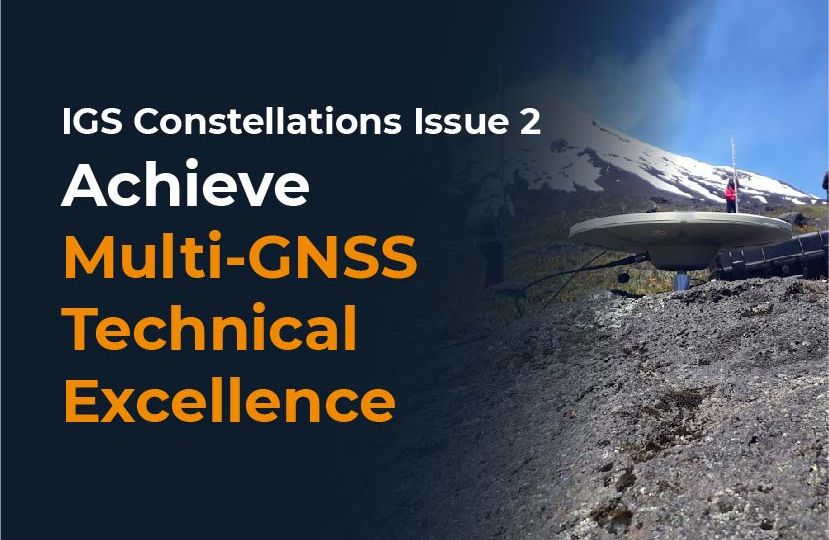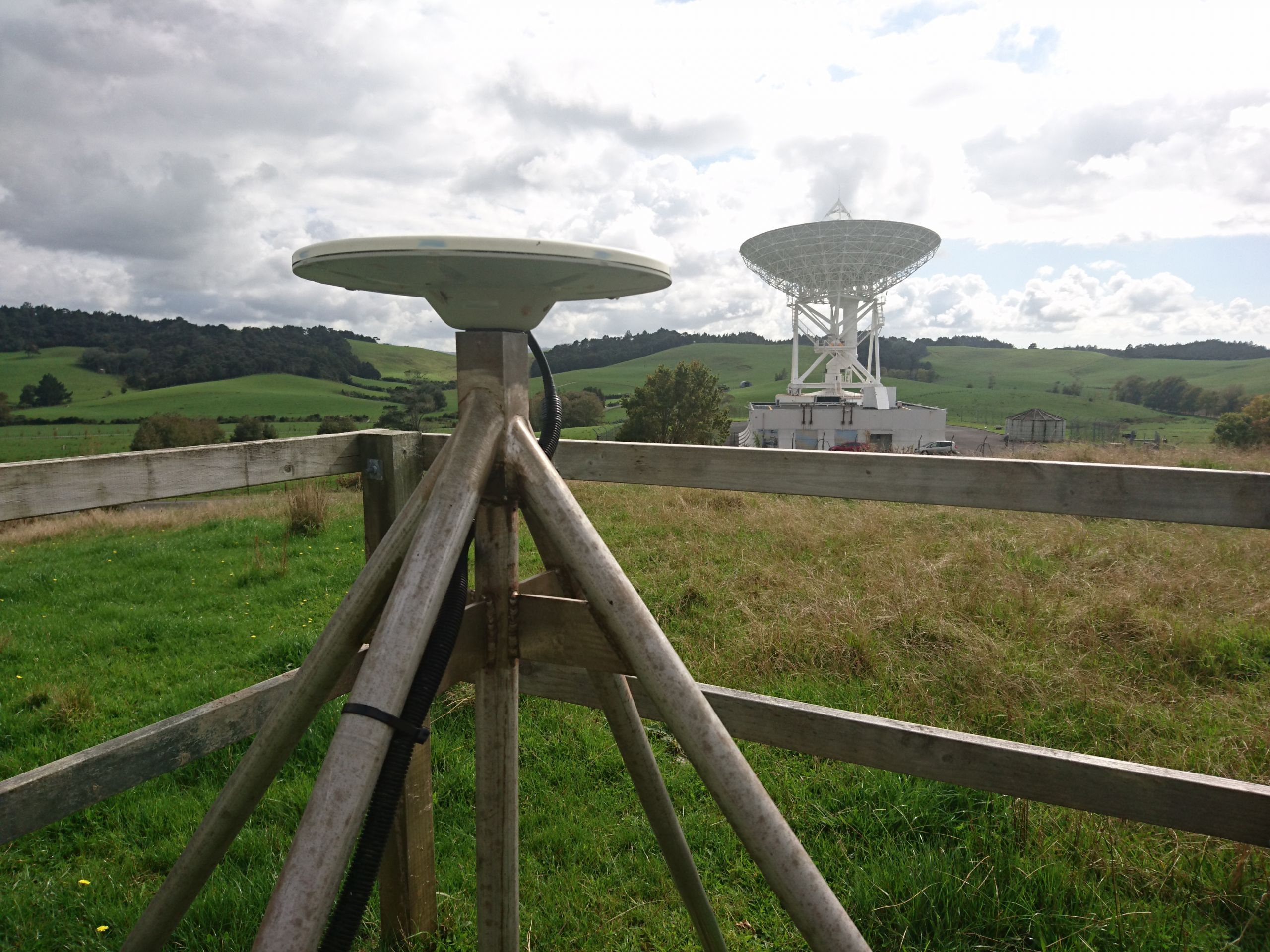
![igs-newsletter-2_news-page-banner [image bg] IGS Constellations Issue 2 Now Available!](https://igs.org/wp-content/uploads/2021/11/igs-newsletter-2_news-page-banner-image-bg.jpg)
Achieve Multi-GNSS Technical Excellence
By Mayra Oyola
The International GPS Service for Geodynamics was founded with the intention of creating precision GPS products in support of the international Earth science community. In 1994, it became an approved service of the International Association of Geodesy (IAG) and was rebranded as the International GPS Service (IGS). The primary objective of the IGS expanded to provide a service to support, through GPS data products, geodetic and geophysical research activities.
Upon its inception, the IGS became a recognized service for applying the existing network of 112 GPS ground stations to shorten rapid orbit and precise orbit determination productions, exploring new applications for atmospheric and climate monitoring and the use of GPS and IGS stations for the monitoring of sea level. Within a year, it released a call for the establishment of Regional Network Associate Analysis Centers (now regional Analysis Centers) with the intention of providing regional densification for the International Terrestrial Reference Frame and ignited research in of a variety of issues including orbit and clock combinations, phase center values and antenna calibrations and ionospheric and atmospheric corrections. While all of these developments were crucial to the development of all IGS components today, it was in 1997 where interest in incorporating a newer service, named GLONASS, generated many recommendations for the continued improvement of the service as whole. Nearly 25 years later from the Pasadena Workshop that focused for the first time on GLONASS data handling, the IGS network has evolved into 500 ground stations with nearly 80% of them being capable of supporting not only GLONASS and GPS, but all available Global Navigational Satellite Systems, including BEIDOU (China), Galileo (UK) and two regional services: QZSS and IRNSS . Similarly, the organization is committed more than ever to truly achieve Multi-GNSS Technical Excellence and increasing organizational capability by identifying barriers to multi-GNSS success in and outside the IGS, by supporting solutions to key challenges, and reinforcing the importance of continuous technical evolution.

This article is the full version of an excerpt from the IGS Constellations Newsletter Issue 2. To view the newsletter, click the button below.
Last Updated on 20 Oct 2022 22:37 UTC

